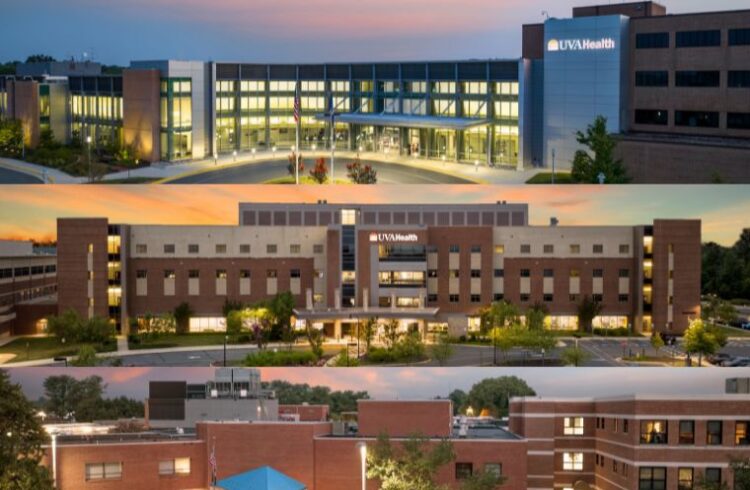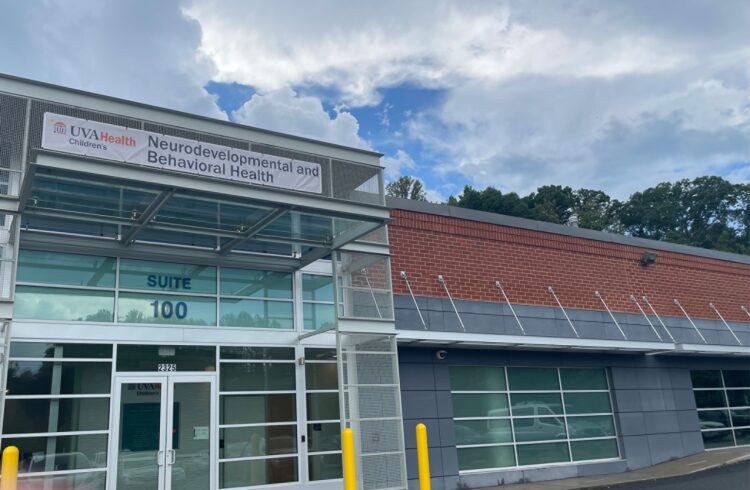
As she drove with her father from their home in Coal City, West Virginia to the University of Virginia Health System, Ashley Lilly remembers how much pain she was feeling.
At 15, Ashley had been living in excruciating pain for months. She had pancreatitis, a chronic inflammatory condition not usually experienced by someone so young. Too incapacitated to attend school, she had missed months of ninth grade classes. Despite it all, Ashley managed to maintain an A+ average, which is something her father, David, points out proudly.
In agreeing to undergo the cutting-edge procedure recommended by UVa surgeons, Ashley had made the most important decision of her young life. “I was ready to see her be out of pain,” David recalls. “The doctors were very informative and described to a tee what would happen, including the best and worst cases. Both of us felt very comfortable with them. Ashley and I talked it over, but I let her make the decision.”
After arriving at UVa, Ashley was readied for surgery. In a procedure that lasted four hours, Dr. Reid B. Adams, Chief of Hepatobiliary and Pancreatic Surgery, and his team removed the diseased portion of Ashley’s pancreas. Transplant surgeon Dr. Kenneth Brayman then stepped in to prepare one of the ducts from Ashley’s extracted pancreas for use in a cutting-edge cell transplantation procedure that had never been performed in Virginia before.
While Ashley remained on the operating room table, her pancreatic tissue was transported to UVa’s new, FDA-approved facility where its insulin-producing cells were removed and processed. The cells, which are called the “Islets of Langerhans” or islets, were subsequently tested to meet stringent release criteria. When the islets were ready for transplantation, Dr. Brayman and radiologist Dr. John Angle worked together to inject them into Ashley’s liver. Known as islet autotransplantation, this innovative procedure prevents post-surgical diabetes from developing in patients who have had their pancreas removed.
By having her own pancreatic islet cells injected into her liver, Ashley became the first patient in the state of Virginia to undergo this type of autotransplantation. Her surgery was also the first in which UVa used islets that had been fully processed and isolated in its own facilities.
“We combined traditional surgical treatment for the pancreatic inflammation and pain with the most advanced transplantation techniques to minimize Ashley’s risk of developing diabetes,” explains Dr. Adams.
Five days after her surgery, Ashley and her father were on the road home. “I could see a difference in Ashley within a day after her operation,” he says.
“I don’t hurt anymore,” Ashley adds. There’s some soreness around her incision, she notes, but that’s getting better, too.
According to Dr. Brayman, Ashley is doing “extremely well.” She is taking small amounts of insulin to protect her transplanted cells and allow them to begin functioning. “In coming months, we’ll begin slowly weaning Ashley until she is completely insulin-free,” he explains. “This will be an important accomplishment for a person who has lost a good portion of her pancreas.”
Ashley’s surgery was a special milestone for UVa’s Islet Cell Transplantation Center, which Dr. Brayman heads. “Until now, our procedures have all involved donor cells,” he explained.
Besides its healing benefits, autotransplantation is considered an important medical breakthrough because it eliminates the most serious problem associated with transplant surgery – rejection of engrafted cells by the recipient’s immune system. By contrast, patient’s who receive allo-islet transplants – or transplants using donor cells – can become insulin-free but must take powerful immunosuppressive drugs for the rest of their lives because of the rejection risks they face.
Established in 2004, UVa’s Islet Cell Transplantation Center is a collaborative, translational research effort involving endocrinologists, transplant surgeons, radiologists and other medical disciplines. It is part of a multi-center study group working to improve therapies for diabetic patients. The center is supported by grants from the University of Virginia Ward Buchanan Fund and the Focus to Cure Diabetes Foundation in Gordonsville, Virginia.
“Our cell therapy program is the best in the region and on the leading edge of the new age of medicine,” Dr. Brayman explains. “In this new age, the regenerative and healing power of cells is being used to cure or prevent disease. Islet transplantation is a great example. It is the first successful cell replacement strategy for diabetes and may prove useful in treating other conditions as well.”
The center’s islet cell processing facility is first in Virginia and is expected to handle cells for other transplant programs in the region. Dr. Brayman believes that islet cell transplants will increase when the procedure is refined and qualifies for reimbursement by insurance companies and Medicare.
“My life-long professional goal has been to cure diabetes,” says Dr. Brayman. “Nothing will be more satisfying than stamping out this disease, which tends to affect people in the prime of their lives. I believe in my lifetime we will find a permanent cure for the disease, and I’m committed to finding it here at UVA.”


